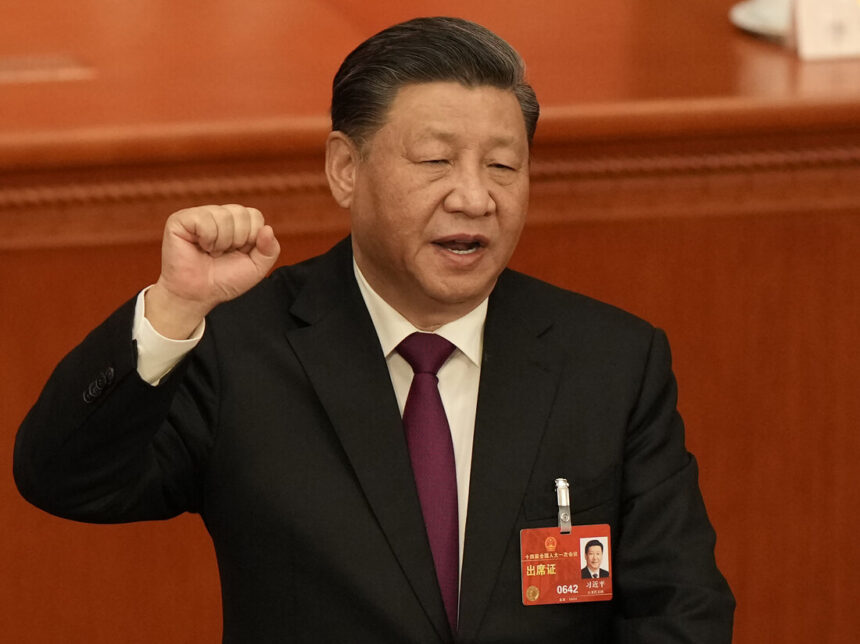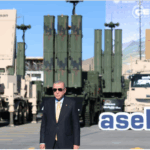Summary by Geopolist | Istanbul Center for Geopolitics:
The article paints a picture of Chinese President Xi Jinping pushing the Asia-Pacific region to an even more contentious place in 2025. Economic challenges at home are unlikely to deter his ambitions, particularly regarding Taiwan, which he has stated he wants under Beijing’s control. This makes military pressure, espionage, and political subversion the ongoing tools of choice against the self-governing island. The Philippines also faces increased harassment from the Chinese Coast Guard, Navy, and Maritime Militia in disputed waters. Meanwhile, South Korea contends with internal pressures from pro-China, anti-US forces that erode its alliance with Washington—an outcome Xi encourages. In Japan’s case, Chinese encroachments in the East China Sea and the Nansei Shoto islands, coupled with overtures to pro-Beijing factions in Japan’s political class, aim to keep Tokyo off-balance and unprepared.
A change of administration in Washington has produced a new set of officials who are firmly aware of the Chinese threat, including Secretary of State Marco Rubio, National Security Advisor Mike Waltz, and Secretary of Defense Pete Hegseth. Yet, the article notes dissonant voices within the US Department of Defense advocating for force reductions or “cooperation spirals” with China, which the author deems dangerously naïve. There are also questions about how Elon Musk’s deep ties to China might influence US policy. For Japan, the lesson is to stop relying so heavily on the Americans and build up its own defense capabilities. Although the US military presence remains critical, Tokyo’s leaders should either prepare to defend themselves alone or strengthen cooperation with Washington by directly asking what is needed. The author concludes that Xi’s pressure is unlikely to let up and will likely intensify across the region, making swift, decisive action essential for those seeking to counter China’s ambitious agenda.
Read more here.







